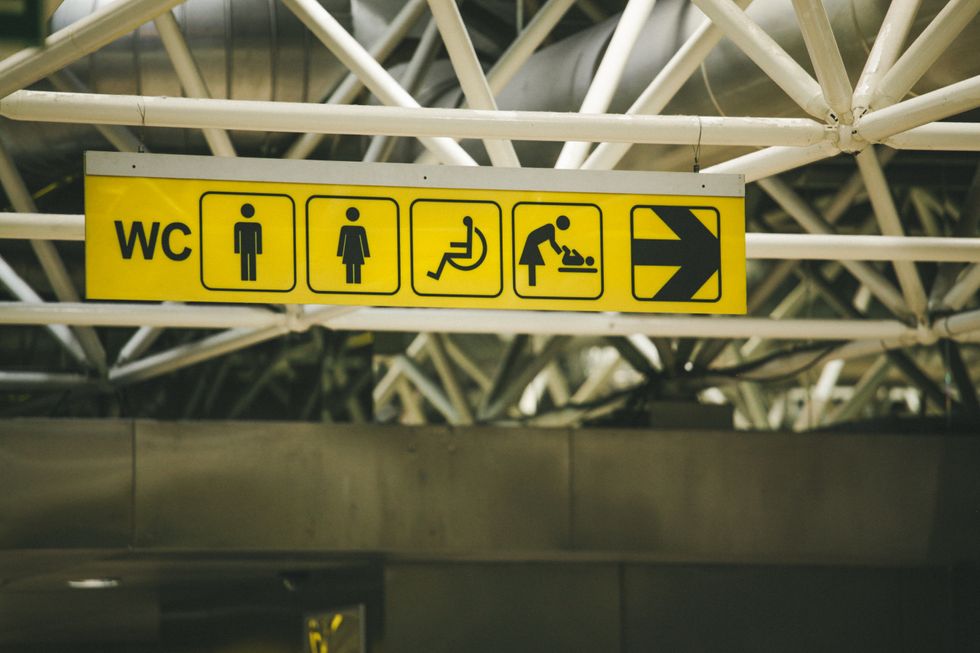Using the bathroom comes with a new set of concerns in the 21st century.
Recent increase of transgender presence in the media has introduced changes to the traditional standards of using gendered bathrooms in public places.
Many public locations nation-wide including public office buildings, universities, restaurants, and hotels have installed gender-neutral bathrooms or have established in-house policies that permit people to use the restroom that corresponds to their gender identity. Among them is Pace University in New York, whose campus policy states that the school “allows individuals to use a sex-specific restrooms and/or locker room facilities that correspond to their gender identity and/or legal sex.”
Pace University Pleasantville student who requested to be identified under the pseudonym John Doe identifies with the transgender community and appreciates this policy stating that having access to gender-neutral bathrooms lowers his fears of being harassed.
“Currently I cannot use male restrooms because I am lacking the proper ‘equipmemt.’ So, a gender-neutral bathroom helps because I can walk into it without affirming that I am afab,” he said, explaining “afab” is an acronym used to describe someone “assigned female at birth.”
He described feeling uncomfortable with using the women’s restroom, but felt it was healthier to use it than not. “I have a narrow focus of pee and get out. Don’t make eye contact, don’t talk,” he said.
Though Doe worries about conservatives “throwing hissy fits,” he hopes that this policy will expand to other places and bathrooms be “more accessible to everyone” without limitations in public nor private sectors.
The debate over bathroom access started in the 1990s, but it took the forefront once again in 2016 in light of the battle over transgender rights. The conversation reawakened upon the passing of legislation that restricted access to transgender people in Mississippi and North Carolina, according to the CNN.
The debate continued into 2017 when President of the United States Donald J. Trump rescinded protections that allowed transgender students to use bathrooms corresponding with their gender identity, the New York Times reported.
The public is still divided over this issue, however, as gender-neutral bathroom accessibility affects those who identify as cisgender or heterosexual differently, with different concerns taking the stage.
Janelis Pujols, an elementary school teacher in the Bronx expresses that while she believes having gender-neutral bathrooms can be “convenient” and people should have accessibility to them, both for transgender and cisgender people, the topic does raise a safety concern for her in the event she encounters a transgender person in the same bathroom.
“That might be uncomfortable because I don’t know what I’m walking into. Is that a male or female in the bathroom with me?,” she said.
Still, she believes that in case of a bathroom emergency, it shouldn’t matter, saying “If you got to go [to the bathroom] by the nearest tree, you got to go. Am I going to put a sign on the tree ‘men,’ ‘women,’ ‘transgender?’ No. I got to go.”



















